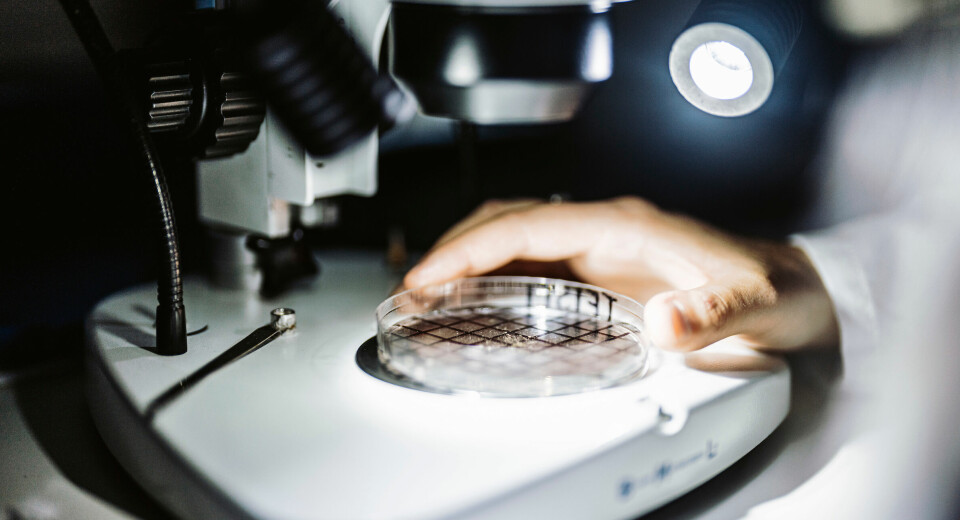
Progress being made in pre-empting gill health challenges
Targeted research has provided important knowledge that is already being used on site says Scottish Sea Farms expert
Salmon farmers and researchers in Scotland are making “real advances” in tackling gill health challenges, a fish health expert has said.
Scottish Sea Farms’ head of fish health and welfare Ralph Bickerdike told the company’s staff newsletter, The Source, that despite the huge importance of gills to the overall health and wellbeing of fish, the factors affecting the organ had remained relatively unknown for many years.
“Thanks to a wave of targeted research projects, we’re starting to build up new knowledge and make real advances in terms of identifying how best to pre-empt the challenges,” he said.

In one such project involving all of Scotland’s major producers, the Sustainable Aquaculture Innovation Centre (SAIC) and Scotland’s Rural College (SRUC), fish from different farms were assessed for gill health and overall condition, every fortnight, over four years.
The results were then analysed alongside historical data.
“This was a hugely ambitious study that has helped advance our understanding of the bacteria, fungi, viruses and other microbes that naturally live on and within fish gills,” said Bickerdike.
Phytoplankton
In another recently completed collaboration between Scottish Sea Farms (SSF), Mowi, and the University of Glasgow, new environmental DNA (eDNA) technology was developed to help detect the presence of phytoplankton and zooplankton considered harmful to fish.
“All organisms shed DNA – phytoplankton and zooplankton included. By analysing water samples from farms, we were able to detect some species which weren’t previously considered harmful,” explained Bickerdike.
In ongoing research, SSF is partnering the Scottish Association for Marine Science (SAMS), SAIC, and Mowi to trial round-the-clock monitoring of phytoplankton – a first for aquaculture in Scotland – via a special submersible device.
“The device, now in place at one of our farms, provides a live feed, enabling scientists to analyse what plankton species are present at any given time; something manual monitoring isn’t capable of achieving,” said Bickerdike.
“If successful, it could pave the way for an early warning system, not just for the sector but other producers such as mussel farmers.”
Jellyfish
In some cases, the single best way of identifying cause and effect in everchanging marine conditions is to replicate the challenge in a controlled environment, prompting a new partnership with SRUC, funded by the Seafood Innovation Fund.
“We know, from our own monitoring, that harmful zooplankton such as jellyfish can lead to gill disease,” said Bickerdike.
“If, through this lab-based study, we can better understand the ‘how and why’, we’ll be better placed to decide most appropriate measures to minimise impact on gill health.”
He said none of the advances would be possible without farm teams who carry out the sampling, on top of their core role caring for the fish.
“Hopefully they’ll see the benefits from the work being done because while, scientifically, there’s still much to do, we’re already applying some of the initial insights out on [SSF] farms – with positive results,” he concluded.






















































